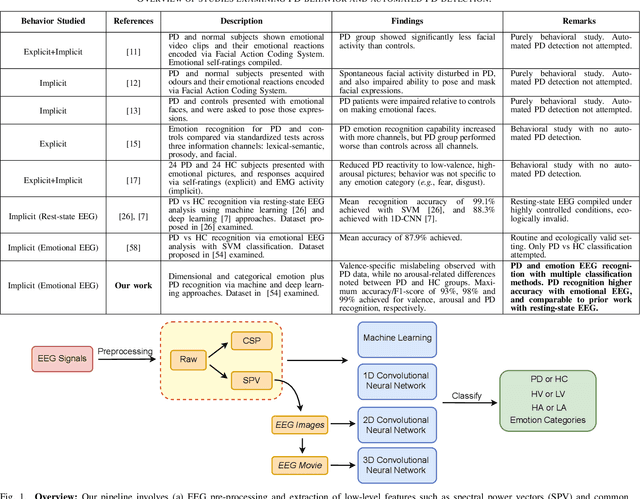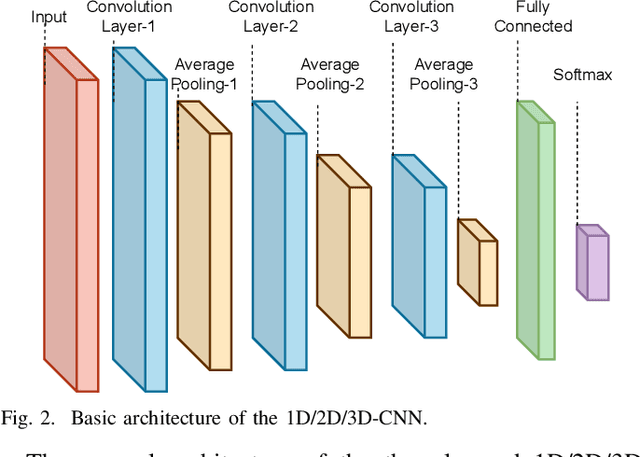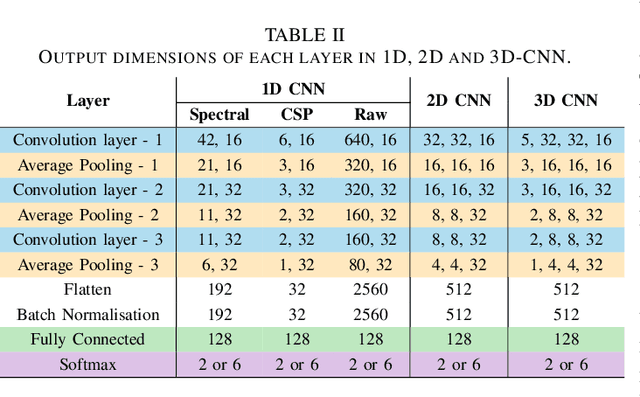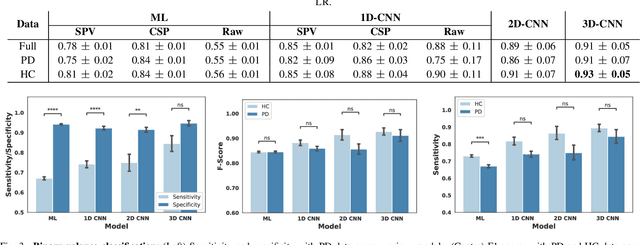Automated Parkinson's Disease Detection and Affective Analysis from Emotional EEG Signals
Paper and Code
Feb 21, 2022



While Parkinson's disease (PD) is typically characterized by motor disorder, there is evidence of diminished emotion perception in PD patients. This study examines the utility of affective Electroencephalography (EEG) signals to understand emotional differences between PD vs Healthy Controls (HC), and for automated PD detection. Employing traditional machine learning and deep learning methods, we explore (a) dimensional and categorical emotion recognition, and (b) PD vs HC classification from emotional EEG signals. Our results reveal that PD patients comprehend arousal better than valence, and amongst emotion categories, \textit{fear}, \textit{disgust} and \textit{surprise} less accurately, and \textit{sadness} most accurately. Mislabeling analyses confirm confounds among opposite-valence emotions with PD data. Emotional EEG responses also achieve near-perfect PD vs HC recognition. {Cumulatively, our study demonstrates that (a) examining \textit{implicit} responses alone enables (i) discovery of valence-related impairments in PD patients, and (ii) differentiation of PD from HC, and (b) emotional EEG analysis is an ecologically-valid, effective, facile and sustainable tool for PD diagnosis vis-\'a-vis self reports, expert assessments and resting-state analysis.}
 Add to Chrome
Add to Chrome Add to Firefox
Add to Firefox Add to Edge
Add to Edge